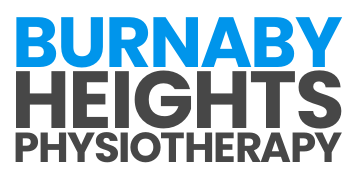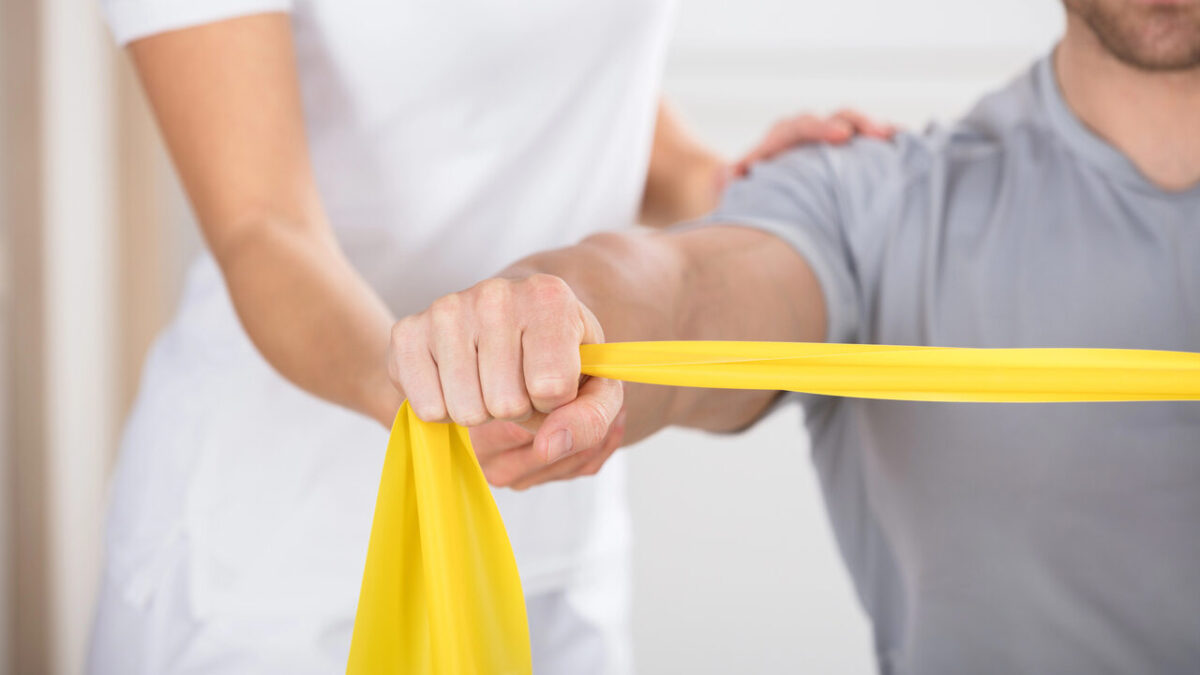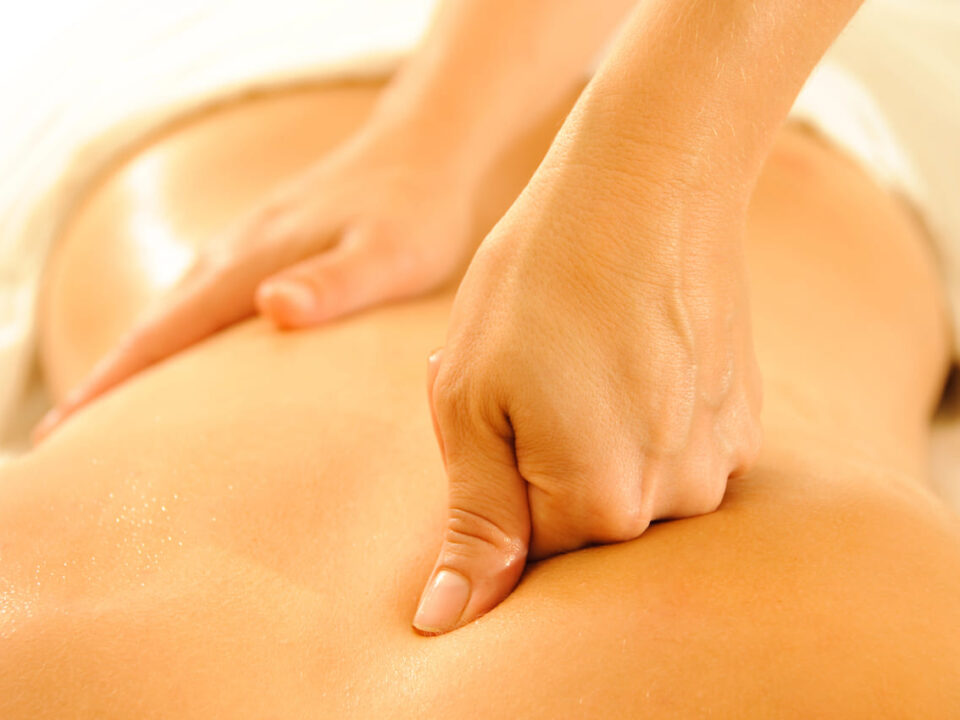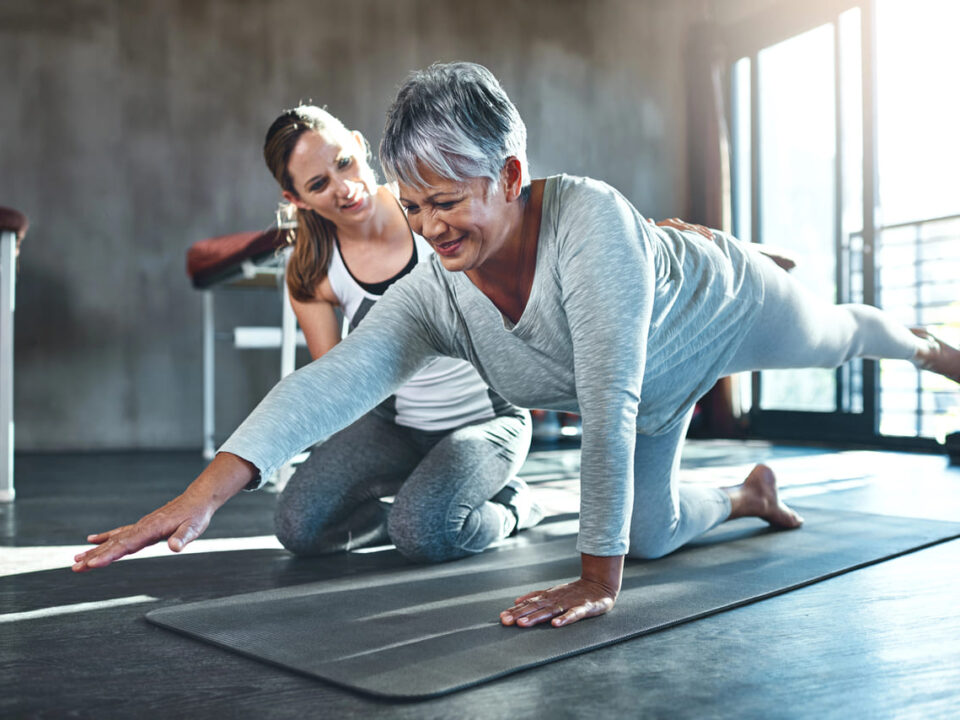
Natural Pain Relief and Well-Being: Exploring the Benefits of Acupuncture
April 29, 2025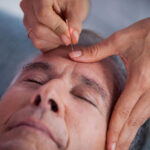
Minimal Risks, Maximum Relief: A Look at Acupuncture Safety
May 27, 2025Physiotherapy has come a long way from being a purely hands-on discipline. While manual therapy still plays an essential role, modern physiotherapy relies heavily on a wide range of tools and equipment to enhance assessment, guide rehabilitation, and support outcomes. Whether it’s a simple foam roller or a high-tech electrotherapy unit, each piece of equipment serves a purpose rooted in function, recovery, and client safety. In this blog, we’ll explore the various categories of physiotherapy tools, how they’re selected, and why they matter. You’ll also learn what to expect during a session, how tools are tailored to your specific condition, and how they empower both short- and long-term recovery.
Understanding the Role of Tools and Equipment in Physiotherapy
Tools and equipment play a foundational role in modern physiotherapy, offering targeted support, assessment, and treatment options that enhance individual recovery and clinical precision. These devices are carefully selected and applied to complement manual therapy and exercise-based care. Their main purposes include:
- Assessment: Tools like goniometers and posture grids help therapists assess range of motion, muscle strength, and body mechanics.
- Pain Management: Devices such as TENS units or therapeutic ultrasound machines provide non-invasive methods for reducing discomfort during treatment.
- Functional Support: Braces, supports, and orthotics are used to protect injured areas or assist with joint alignment during recovery.
- Exercise Facilitation: Resistance bands, stability balls, and balance pads enable controlled movement during rehab exercises.
- Neuromuscular Re-education: Specialized tools like balance trainers and proprioceptive boards help restore coordination and motor control after injury.
- Soft Tissue Mobilization: Tools such as massage guns or myofascial release instruments aid in reducing muscle tension and improving circulation.
Used effectively, physiotherapy tools and equipment support a faster, more targeted, and more comfortable recovery process.
Exercise Equipment in Physiotherapy: What to Know
Exercise equipment is an essential part of rehabilitation in physiotherapy, helping people rebuild strength, mobility, and confidence in movement. Within clinical settings, this equipment is used to guide progressive and safe exercise routines:
- Resistance Bands and Cables: Offer scalable resistance for strengthening weak muscles or rebuilding endurance after injury.
- Stationary Bikes and Treadmills: Provide controlled cardiovascular exercise that’s safe for post-injury movement or post-surgical rehab.
- Stepper Machines: Help people build lower body strength and coordination, often used for knee and hip rehabilitation.
- Balance Boards and Wobble Cushions: Engage core muscles and proprioceptors, promoting better balance and postural control.
- Weighted Medicine Balls and Dumbbells: Used in progressive strengthening to restore joint stability and muscular endurance.
- Pulley Systems and Wall-Mounted Units: Assist in restoring range of motion in shoulders or upper limbs, particularly after surgical interventions.
- Foam Steps and Platforms: Allow for functional retraining of the legs and hips during step-up, squat, or lateral movement drills.
These tools allow therapists to adapt exercises to the individual’s abilities while gradually increasing the challenge for optimal recovery.
How Physiotherapists Choose the Right Equipment
Choosing the appropriate tools and equipment is a personalized process, guided by clinical assessments and the specific goals of treatment. Therapists consider several factors when determining the right approach:
- Type and Stage of Injury: Acute injuries may benefit from pain-relieving modalities, while chronic issues might require strengthening or mobility tools.
- Individual Goals: Whether the aim is returning to sport, managing pain, or improving function at work, the chosen equipment supports that goal.
- Age and Fitness Level: Younger, active individuals may tolerate more advanced equipment, while older adults may need simplified, low-impact tools.
- Range of Motion and Strength Baseline: If movement is severely limited, equipment is introduced gradually to avoid strain or re-injury.
- Balance and Coordination Needs: People with postural instability or vestibular issues may require specialized stability tools.
- Feedback and Progression: Equipment use evolves as clients progress, with intensity, complexity, and tool types adjusted regularly.
Matching the right tools to the individual’s condition ensures safety, efficiency, and meaningful improvement over time.
Electrotherapy and Physiotherapy Treatment
Electrotherapy is a non-invasive treatment method that uses controlled electrical currents to stimulate nerves and muscles. Devices like TENS (Transcutaneous Electrical Nerve Stimulation) and EMS (Electrical Muscle Stimulation) are commonly used in clinical settings. TENS works by sending low-frequency electrical impulses to sensory nerves, which help block pain signals from reaching the brain and encourage the release of endorphins. EMS, on the other hand, targets motor nerves and is used to promote muscle contractions in weakened or atrophied muscles, especially after injury or surgery.
These modalities can improve blood circulation, reduce inflammation, and aid in muscle re-education. Sessions are typically short and painless, and settings can be adjusted based on client comfort and treatment goals. While not suitable for every condition, electrotherapy is a useful tool in managing pain and supporting early-stage recovery when manual movement may be limited.
When used correctly, electrotherapy can be an effective addition to a broader physiotherapy treatment plan.
Benefits of Using Resistance Bands in Rehabilitation
Resistance bands are one of the most versatile and accessible tools in physiotherapy. They offer adjustable resistance levels without the need for heavy weights, making them ideal for a wide range of individuals. During rehabilitation, bands help rebuild strength in a controlled manner, reducing the risk of overloading joints or re-injury. They’re especially useful for targeting smaller stabilizing muscles that often go underused in traditional workouts. Bands can also be adapted for stretching and mobility exercises, helping to improve flexibility and joint function. Another key benefit is portability—they allow clients to continue exercises at home with minimal space or setup. Because resistance can be increased gradually, bands support progressive rehabilitation from early recovery stages to full return-to-function. Their adaptability, safety, and effectiveness make resistance bands a staple in both clinical and home-based rehab programs.
By combining strength, control, and flexibility, resistance bands support long-term rehabilitation success across multiple conditions.
How Do Balance and Stability Tools Support Recovery?
Balance and stability tools help retrain the body’s ability to coordinate movement, maintain posture, and prevent falls—especially after injury or surgery. These tools are commonly used in both early and advanced phases of physiotherapy:
- Wobble Boards and Discs: Promote activation of core and ankle muscles by challenging the body to maintain balance on unstable surfaces.
- Bosu Balls: Allow for dynamic balance exercises that mimic real-life movements, improving joint stabilization and reaction time.
- Foam Pads: Provide a cushioned, unstable surface for static balance drills, particularly useful in lower limb rehab.
- Rocker Boards: Encourage multi-directional movement control, helping people rebuild ankle and hip stability.
- Therapy Balls: Engage core muscles and encourage postural corrections during sitting or transitional movements.
- Agility Ladders and Cones: Support functional balance training, improving quick footwork, coordination, and movement accuracy.
These tools are particularly beneficial for people recovering from ankle sprains, knee injuries, strokes, or vestibular disorders.
Balance training helps restore confidence in movement while reducing the risk of re-injury and improving functional independence.
Customizing Physiotherapy Equipment for Individual Needs
Many types of physiotherapy equipment can be adapted or customized based on the specific needs of the individual. This includes modifying the resistance level, changing the size or type of support tools, and selecting alternate materials for comfort or accessibility. For example, resistance bands can come in varying thicknesses to suit different strength levels, while hand therapy tools like putty or balls can be customized in firmness. Some clinics may also adjust the positioning or height of machines to accommodate people with mobility challenges or postural limitations.
In cases involving chronic pain or neurological conditions, therapists may use adaptive devices that reduce strain or allow for better control during movements. Custom orthotics or bracing systems are another example of personalization in equipment use. These modifications ensure that the therapy remains both effective and safe, even for individuals with complex or long-term conditions.
Customization enhances client outcomes by ensuring that therapy tools are aligned with ability, comfort, and progress.
What You Should Know About the Tools Used During Your Physiotherapy Sessions
Clients play an important role in their recovery, and understanding the tools being used can improve their comfort and engagement during treatment. Some key things to know include:
- Purpose of Each Tool: Understanding why a tool is being used can help people trust the process and use the equipment more effectively.
- How It Should Feel: Clients should know what sensations (e.g., mild resistance, light vibration) are normal and when to report discomfort.
- Home Use Guidelines: Some tools, like foam rollers or resistance bands, may be prescribed for use at home—clients should know how to use them safely.
- Cleaning and Safety Protocols: Especially with shared clinic equipment, hygiene practices are important and should be followed closely.
- Progress Indicators: Certain tools are used to track improvement, such as goniometers for measuring range of motion—clients should understand how this reflects their recovery.
- When to Speak Up: If something doesn’t feel right or causes pain, clients are encouraged to communicate openly so the therapist can adjust accordingly.
Empowering people with this knowledge fosters a more collaborative, informed, and confident rehabilitation experience.
Pain is No Longer in Control
Understanding the tools behind your physiotherapy treatment can help you feel more confident, informed, and engaged in your recovery. From advanced electrotherapy devices to everyday resistance bands, each tool is carefully chosen to support your progress in a safe, structured way. Whether you’re managing pain, rebuilding strength, or regaining balance, the right equipment makes a meaningful difference. If you’re ready to take the next step toward personalized, results-driven care, contact the team at Burnaby Heights Physiotherapy to begin your tailored rehabilitation journey—with the right tools by your side every step of the way.


